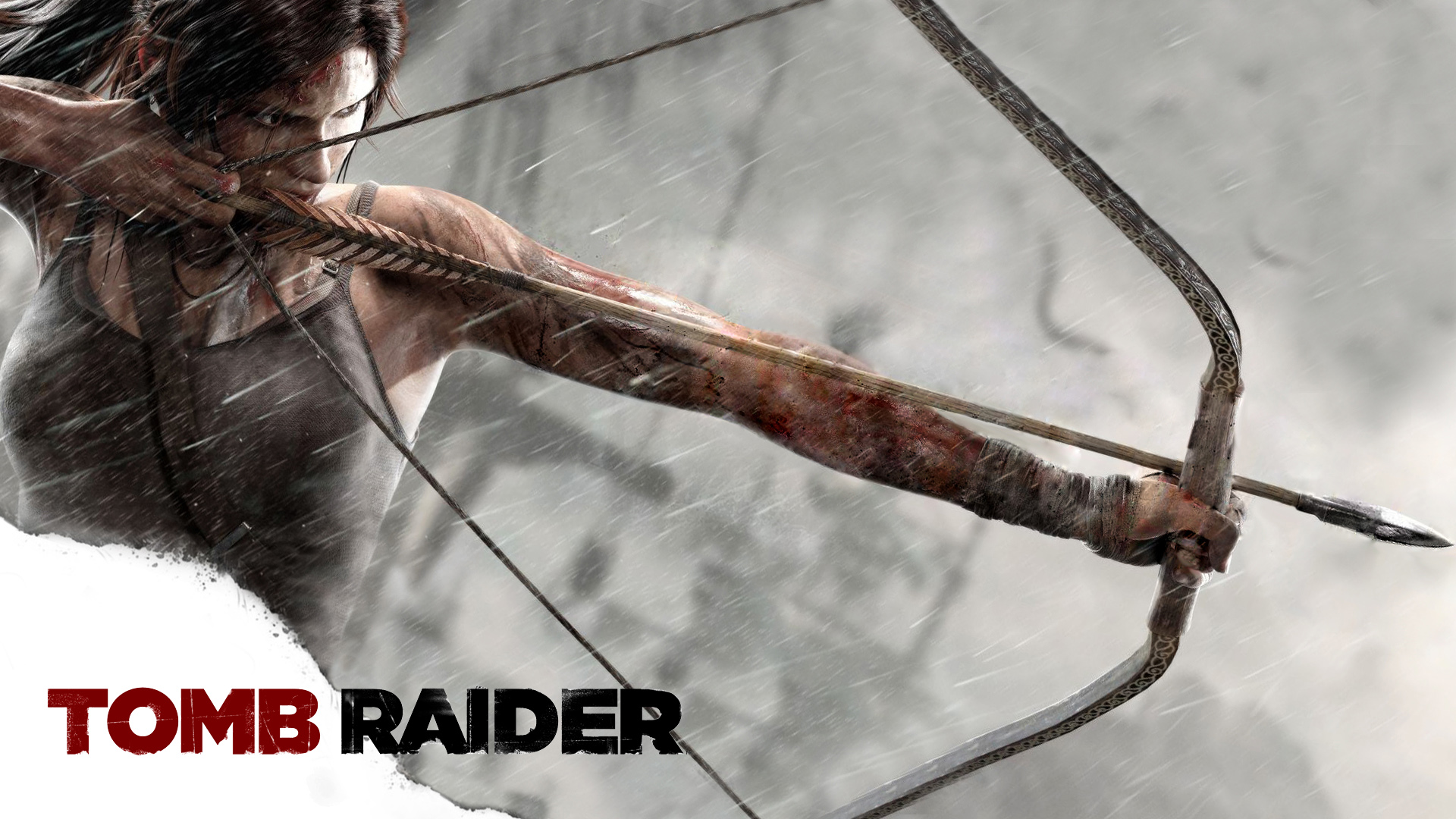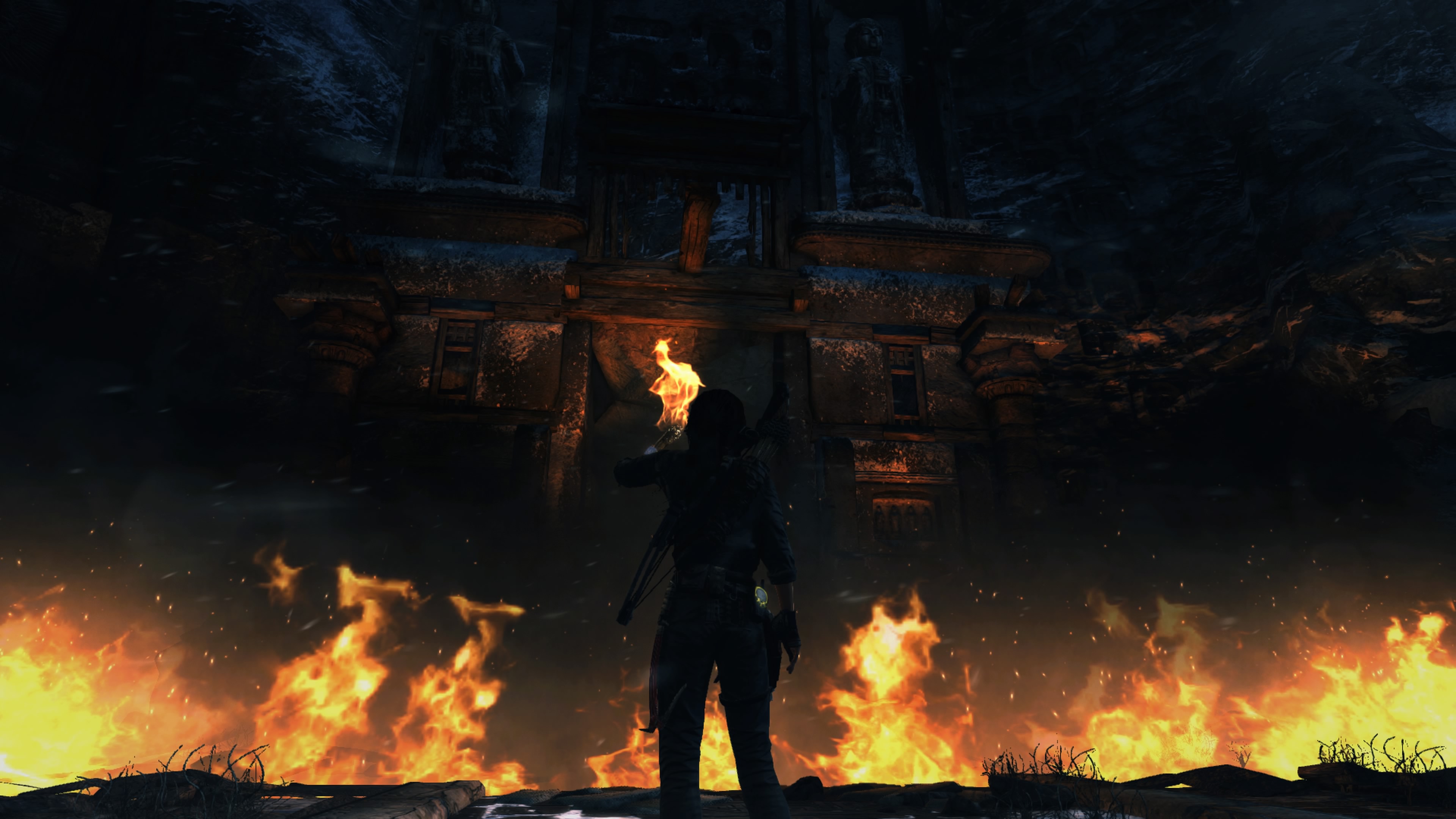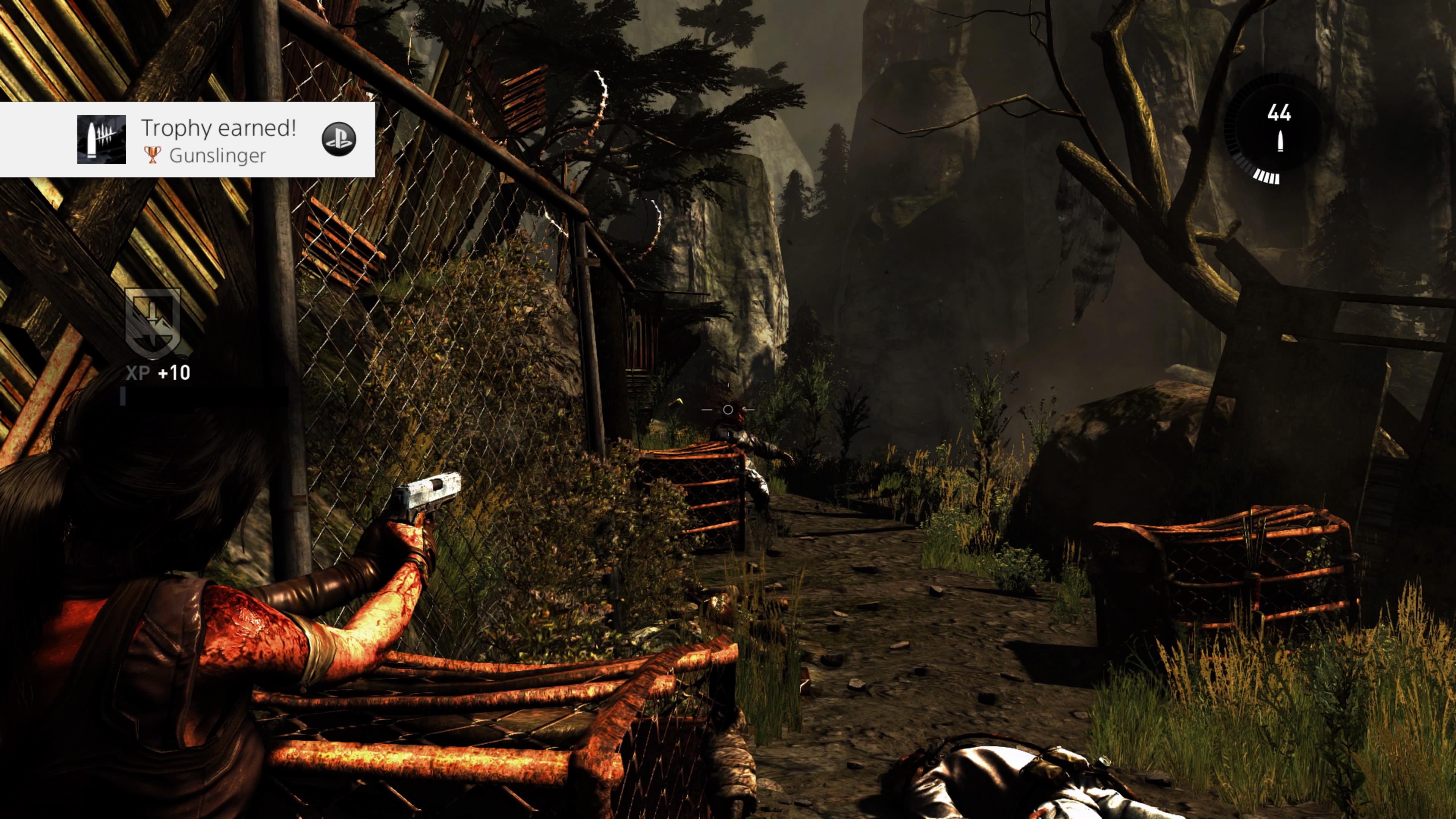Like most gamers I know, I have a backlog of unplayed titles. A lot of it is garbage in my Steam library, which I’ve picked up from sales and piled into the list, like a digital zookeeper mucking out an elephant house. Some of it is made up of stuff that I look at occasionally, think of installing and then realize it probably isn’t worth the effort.
Then there are games like Tomb Raider.
I know, I’m late to the party. How I managed to overlook this gem, I’m unsure. It’s not like I didn’t purchase it. The GOTY edition has sat patiently in shrinkwrap on my Xbox 360 shelf for more than two years, just waiting to catch my attention. It never did. Fast forward to a living room containing a shiny new PS4 Pro, and a copy is thrust into my hands from a good friend. “You need to play this,” he said.
I did. It was brilliant. Here’s why.
1. The Controls
You can make a game as flashy as you like, as beautiful as you want and as epic as your imagination can handle. But if it handles like a Dodge Nitro on a road made of treacle, you’ve already lost. It’s the introduction to the game’s world, a player’s first experience of its agency. How a game actually plays is going to be one of the overriding things you take away from it.
In this respect, Tomb Raider absolutely nailed it. Everything felt intuitive, right from the start, and it didn’t let up. Running, leaping, climbing, sliding — it was like I had muscle memory without putting the effort in. Then came the kicker — switching weapons by actually saying their name. Going back to the Uncharted series after this will be pretty tough.
2. The Combat
I may be in the minority here, but I’m not overly enamored by Naughty Dog’s gunplay. Both The Last of Us and Uncharted were great games, but for me, that was in spite of the combat, not because of it. Crystal Dynamics took the building blocks of Nathan Drake’s world and added a smoother, leaner experience. Gunfights felt genuinely exciting and natural, unlike certain Uncharted encounters, which felt like whack-a-mole sequences you had to endure.
Even the hand-to-hand was above average — remarkable for this genre, and spoiled only slightly by a hyperactive camera. The environments were littered with opportunities to blow up oil drums or bounce grenades from. The bow was truly wonderful to use in stealth and felt satisfying to boot. The rest of your arsenal was small, but each handled magnificently and exactly as you’d expect. It was, like the controls, intuitive.
3. The Progression
It’s not an RPG, but that didn’t stop Tomb Raider from throwing a few light elements into the mix to keep things interesting. Salvage is the game’s currency, which is used solely to upgrade your gear. Each piece is delivered to you in good time once you’ve become comfortable with the preceding weapon. But things ramp up in the latter third of the game, when you can start spending your salvage on all kinds of crazy add-ons.
The great thing about the upgrades is that they feel like natural enhancements to what came before. As you explore, you’ll also come across pieces of weaponry that Lara can combine to improve her kit. Normal arrows are replaced by fire arrows, followed by napalm arrows, and then explosive arrows. Gun upgrades are handled in a similar way, and if you can skip over the fact that perfectly working shotgun parts can be found in abandoned temples that haven’t seen a human for a thousand years, there are plenty of options to enjoy.
Lara also improves her own skill-set through the game, by collecting experience points that can be spent on abilities. Do you want to become a close-combat specialist with brutal finishing moves or hone your ranged attacks? There are plenty of choices, and this flexibility also adds to the game’s replay value. You’re unlikely to unlock every weapon option or skill on your first playthrough, and thanks to an abundance of side missions, there are plenty of reasons for the OCD gamer to return and collect every last trinket. I’m not usually a fan of this kind of Assassin’s Creed-style busywork in games, but if it’s done right (see also: Dragon Age: Inquisition), it’s almost compulsive.
4. The Story
What is an action-adventure without a compelling narrative? Tomb Raider stands out from its predecessors by giving the player a genuine reason for Lara traversing uncharted lands. Better still, they give her an evolution of sorts, letting you see her morph from a frightened young woman on an exploratory trip into a weapon-wielding bad-ass by the time the credits roll. The leap was a little sudden, but it was necessitated by the gameplay and didn’t jar as much as I’d expected. The reason for staying on the island, the tasks you had to accomplish, and the overarching plot all made sense.
Well, perhaps not the supernatural QTE-heavy finale, which wasn’t totally explained in a satisfactory way, but I forgave it nevertheless. In this case, the journey is probably more important than the destination.
The collectibles also feed into the story, bombarding you with missives from cultists, journals from WWII-era soldiers, and private diaries from your crew. The tale isn’t complex, but it’s told well.
5. The Characters
Coming into Tomb Raider blindly, I wasn’t ready for such a wide cast of characters. Nor was I expecting them to be as well-developed as they were. The crew of the Endurance is an appealing bunch: a gruff northern English captain, a Scottish hard-man, a Polynesian who believes in the paranormal, a fame-hunting archaeologist, a plucky best friend… each of them have their part to play in the story.
The moments that stood out to me the most were those of self-sacrifice, since the game expertly established through video clips that the ship’s inhabitants were a tight-knit bunch, making losses even more painful. Uncharted may have set the scene, but I much preferred Roth as a supporting character to Sully. Nathan’s companions felt a little like window dressing at times. In Tomb Raider, everyone was important; everyone had a job to do.
Yet it’s Camilla Luddington voicing Lara Croft who deserves the most plaudits. She imbues the titular heroine with every conceivable emotion, and you’re dragged through the wringer as Lara’s journey progresses. Her campfire journals allow for poignant reflection, and her loyalty to her friends – especially Sam – is never in question. When she finally reaches the end of her tether and decides to let loose with her arsenal whilst screaming “All right, you bastards!”, it’s a fist-pumping moment.
Moreover, and most importantly, Lara finally moved beyond her top-heavy hypersexualised iterations of previous games and became the strong female heroine that the videogame community — still rife with misogyny — needed her to be. Crystal Dynamics were rightly applauded for Lara’s reinvention, and the slew of awards they picked up were fully justified.
***
I’ve deliberately avoided talking in detail about the previous versions of Tomb Raider in this piece. Whilst many are obviously now dated, I found the ones I did play to be poor from a story perspective, average in execution and generally a case of the character being more important than the product. For me, this was the Lara Croft that I’d always envisioned, a fully rounded character in a superbly realized world. The true embodiment of a wonderful reboot. Now, onto the sequel…
What are your thoughts on the Tomb Raider reboot? Let me know in the comments below!











Published: Jan 7, 2017 02:28 am